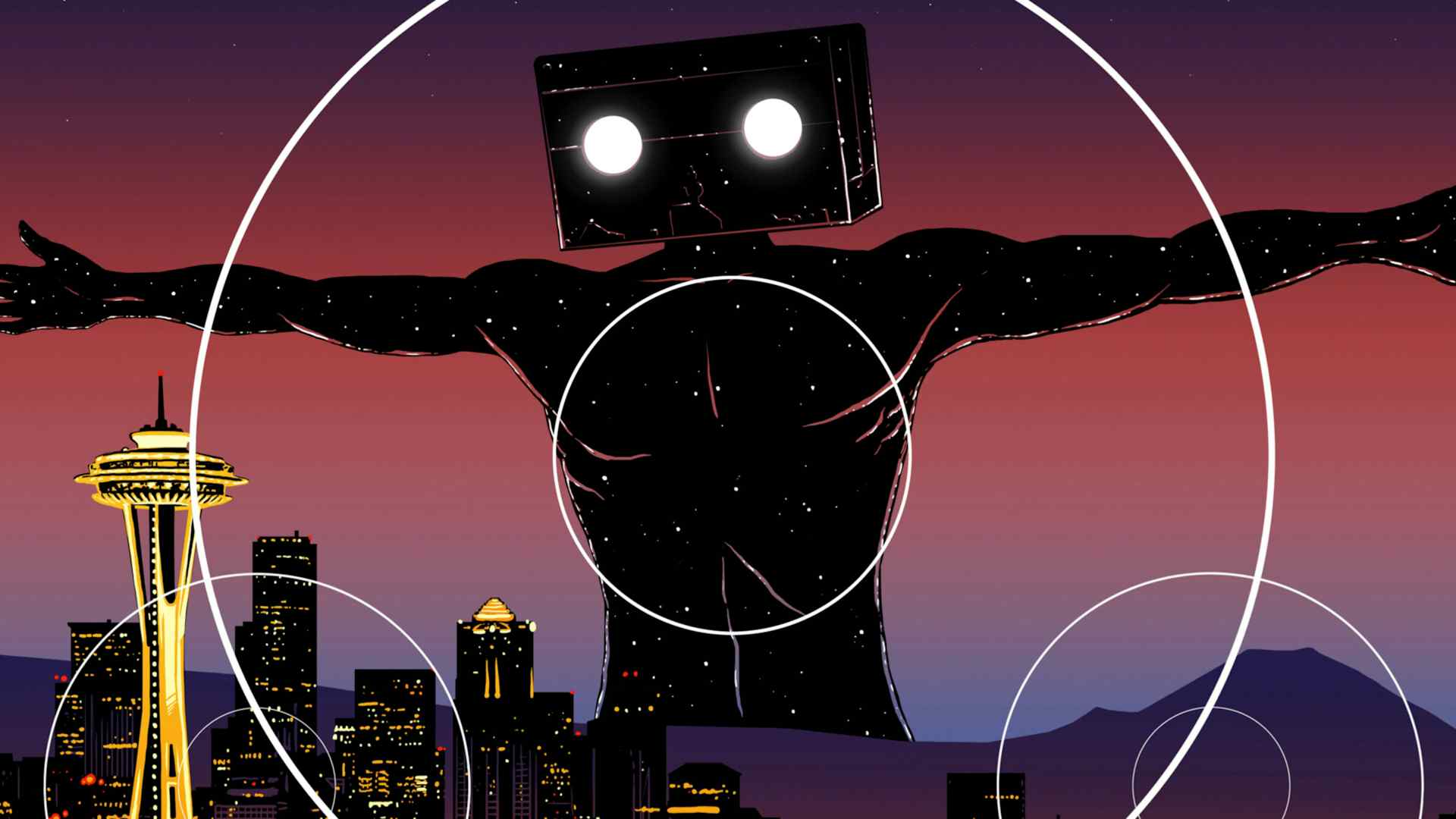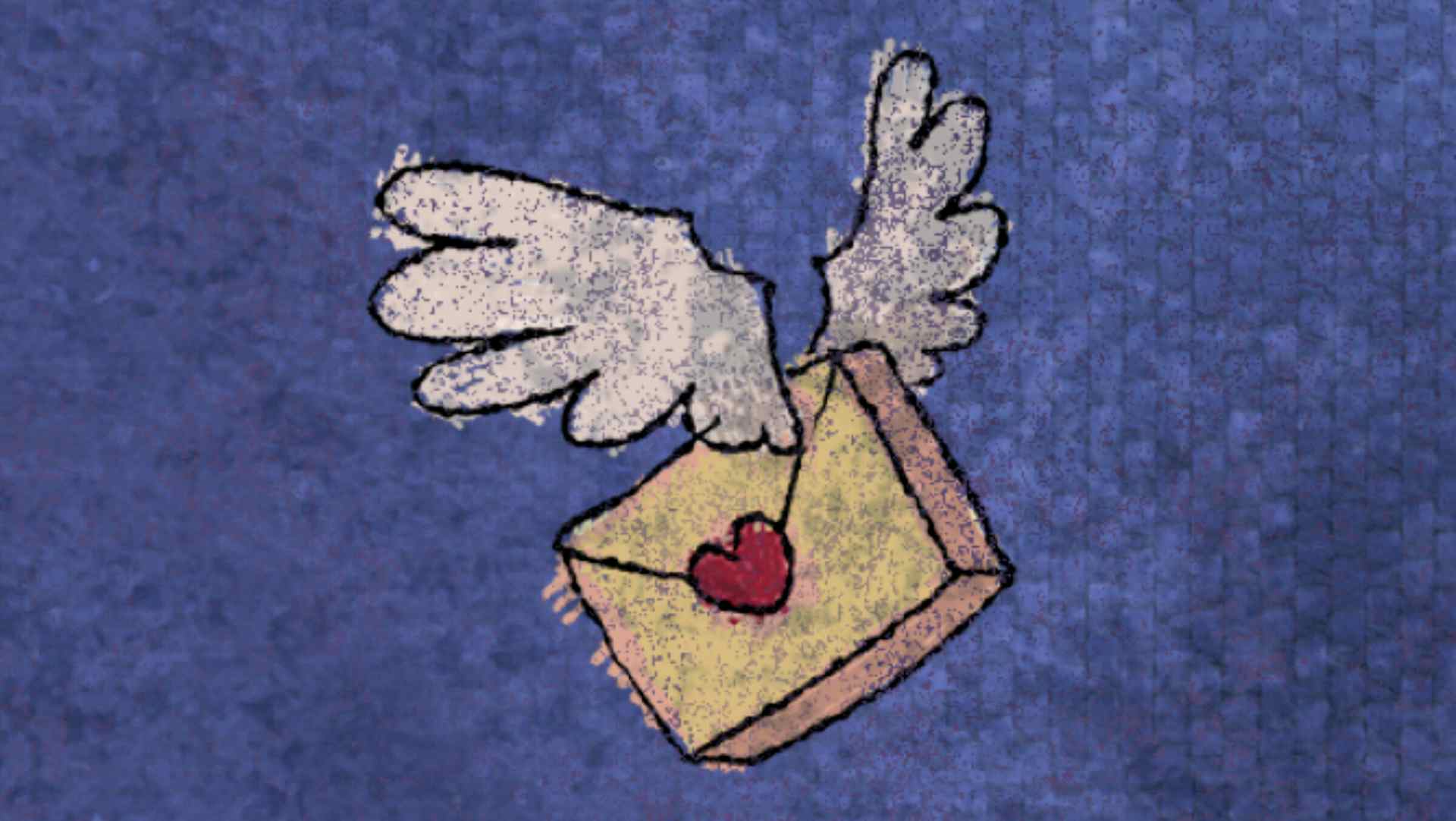Robert Horton is a Scarecrow board member and a longtime film critic. This series of "critic's notes" is chance to highlight worthy films playing locally and connect them to the riches of Scarecrow's collection.

Some George Romero energy coming up in Seattle: Creepshow screens at the Northwest Film Forum, and The Crazies shows Sunday night at the Grand Illusion, featuring an appearance by Adam Hart, whose book Raising the Dead: The Work of George A. Romero is newly out. Dawn of the Dead then returns to the Grand Illusion for a run on May 10. Scarecrow's also got a conversation I recently had with Adam on the subject of Romero that you can watch right here. All of which has me reviving a 2010 piece I wrote for my website on The Crazies, a memorable Romero movie that had been recently remade at that moment.
It’s almost Halloween, so: George Romero’s 1973 non-zombie offering, recently remade with some respectable actors and a budget. Both films follow the same general outline: a military plane carrying a sample of a biological weapon crashes near a small town (western Pennsylvania in the original, Iowa in the remake), the sample seeping into the water supply and infecting the locals with a virus that turns them insane; the twist is, the government’s attempt to contain the outbreak is at least as damaging as the bloody and disturbing as the rampant lunacy. I liked the 2010 version well enough, but re-visiting Romero’s original is a reminder of how low-end horror can do its thing in a more effective way than glossier examples of the genre.
Take the people in The Crazies, for instance. There’s not an actor in sight you could reasonably call a movie star, and very few you could reasonably call actors. (Lynn Lowry had a Spacekian something than put her in a few memorable genre roles – Jonathan Demme’s Fighting Mad and Paul Schrader’s Cat People among them – and thus a level of cult renown.) Even the extras are distinctly different from extras you’d find in a reputable movie: there’s a quality of ordinariness about everybody on screen, with a surfeit of lousy haircuts and self-conscious mannerisms. Which means there’s no sheen that gets between you and the creepy feeling that this might be happening. (The downside, of course, is that bad line readings come along at a more frequent rate than you might wish.)
No sheen, but quite a bit of skill. Romero is credited as his own editor, and the movie bops along to a peculiar rhythm, especially the dialogue exchanges within scenes – there’s a strange fractured quality to it, as though the infection had spread to the editing room and rendered everything extra-jittery. (Scorsese and Thelma Schoonmaker get at something like this in Shutter Island, where dialogue scenes feel as though they’ve had their normal beats shaved down by crucial half-seconds, a method that seems to want to drive the viewer insane.)
And Romero’s talent for offhand horror, already there in Night of the Living Dead, is effectively deployed here. Nothing’s off limits, including incest. Romero lets us know this in the opening sequence, which drags a couple of unsuspecting, play-acting children into a child’s worst-nightmare-come-true vignette of domestic fear.
The movie’s most prominent element is its timeliness. Just in case you doubted Romero’s goal, he includes a sequence of a priest setting himself on fire, staged to resemble the shots of the monk who committed the same act in Vietnam. Echoes of My Lai and Kent State, and a generally caustic view of the police action that descends on Evans City, PA, leave no doubt about Romero’s intentions. In a bigger, more respectable movie, this would be heavy-handed, but there’s something about this kind of allegory deployed in a Z-budget horror film that really creates a buzz. Watching the movie feels like picking up a newspaper from the early 1970s and scanning the downbeat headlines. (Truffaut said that The Night of the Hunter was like “A horrifying news item retold by small children”; The Crazies is a newscast delivered by the insane.)
The Crazies is so scathing it sometimes undercuts its own effects. It’s a good touch that the military guys in their indistinguishable hazmats suits and gasmasks come to appear less human than the infected people, but you also can’t understand a damn thing they’re saying. The military types are so completely inept that the movie becomes a spiral of incompetence whenever they’re on screen, but Romero doesn’t quite go all the way with it. We’re watching the opposite of a Howard Hawks film: here, the professionals working together on a common goal do their jobs poorly throughout. And the rare distinctive performer – Richard France, as the egghead scientist, trailing around the air of Beatnik braininess – just reminds you of how fumbling the other actors are.
But it’s all still effective, and a key candidate for American films that might give the mood of the early 1970s. Now if only the DVD could have subtitles for the hazmat actors.
May 3, 2024


